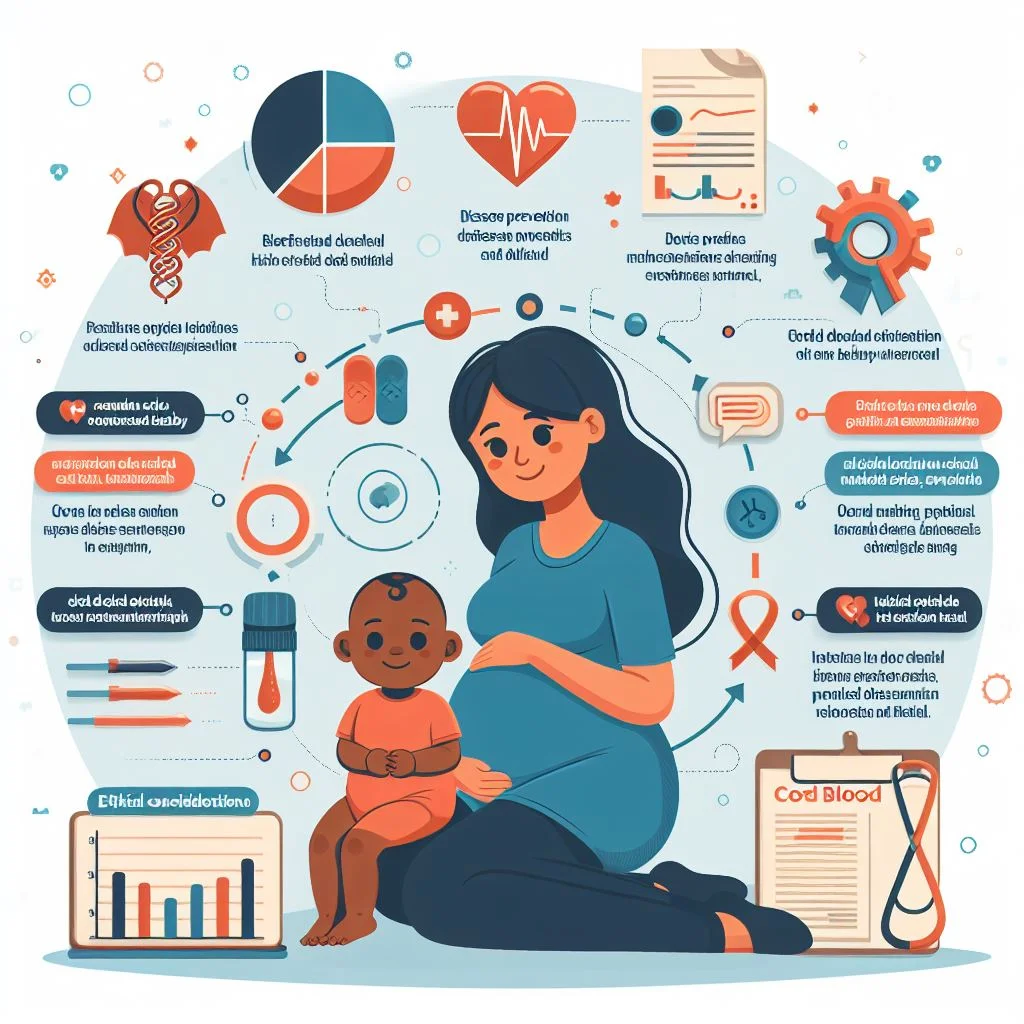
Is Cord Blood Collection Risky?
Is Cord Blood Collection Risky? For the expectant parents it is matter of important curiosity is cord blood collection risky or painful. Well, cord blood is collected from the umbilical cord immediately after the birth of the baby but generally before the placenta has been delivered.
The collection can only take place at the time of delivery and generally takes few minutes. There is absolutely no pain or risk to the mother or child during the collection process since the blood is harvested from the cord once it has been clamped and cut.
Stem cells from cord blood are much easier to get because they are readily obtained from the placenta at the time of delivery.
Harvesting stem cells from bone marrow requires a surgical procedure, usually under general anesthesia, that can cause post-operative pain and poses a small risk to the donor. usually there are no health risks related to cord blood collection.
Cord blood is retrieved from the umbilical cord after it has been cut preventing any possible pain, discomfort, or harm. Cord blood collection is safe.
According to scientists and medical experts cord blood donation is medically safe and poses no health risks to you or your baby. Moreover, donating does not affect your baby or your birth experience because the cord blood is collected after your baby is born.
If you or your baby experiences any complications during delivery, your doctor will not collect the cord blood.
Since cord blood collection is relatively convenient and birth is the only time to collect it, so most hospitals routinely collect cord blood at birth. Some parents choose to have cord blood banked, because it can be used later if the child has a condition that would require a bone marrow transplant.
Cord blood can be used to re-constitute the immune system in place of a transplant and doesn’t require a search for a compatible donor. If your child has a normal and ordinary birth, your health care provider may choose to run selected tests on the sample and not bank the sample.
A low pH (less than 7.2) indicates high levels of acids in the baby’s blood. This might happen when the baby does not get enough oxygen during labor. One reason for this could be that the umbilical cord was compressed during delivery.
A blood culture that is good for bacteria indicates septicemia. Elevated degrees of glucose in the cord blood may be found if the mother has diabetes. The newborn will be observed for rebound hypoglycemia after delivery.
Any adult woman who is in general good health and who lives in a community where cord blood donation is available may be able to donate her baby’s cord blood.
If you would like to donate your baby’s cord blood, look for a participating hospital near you or consult your treating doctor for further enquiry. Because cord blood donation is still a growing field, not all hospitals are prepared to receive a donation at this time.
After your baby’s birth, the umbilical cord blood is collected. The donated cord blood is frozen and stored at the cord blood bank for future use.
Doctors all over the world search the National Marrow Donor Program Registry of donors and cord blood units to find a match for their patients who need a transplant. If selected, the cord blood is transplanted to a matching patient.
The eligibility guidelines below were established to protect the health of the recipients of the stem cells. Please review these guidelines to help determine whether you are eligible to donate your child’s cord blood. If the donor is eligible then there will not be any risk to donor and recipient.

Eligibility Guidelines:
- Age: Donors must usually be 18 or older and in good health. Some cord blood banks will accept donations from women 16 or older.
- AIDS: If you have or are at risk for HIV/AIDS, you cannot become a cord blood donor.
- Cancer: Cured local skin cancer (only simple basal cell or squamous cell) is acceptable. Cervical cancer in situ is acceptable. All other forms of cancer make the donor ineligible.
- Diabetes: Medication-dependent diabetes may not be acceptable. Gestational diabetes will usually be acceptable.
- Hepatitis: Hepatitis B surface antigen is not acceptable. Hepatitis C antibody is not acceptable. Any other hepatitis history must be evaluated by the cord blood bank. Hepatitis vaccine is acceptable.
- Malaria: Malaria more than three years ago is acceptable. If the volunteer finished a full course of antimalarial drugs more than six months ago, she is acceptable.
- Organ or tissue transplant: Heart, lung, kidney, bone marrow or other organ or tissue transplant recipients are deferred.
- Sexually transmitted diseases: Any history of sexually transmitted diseases must be evaluated by the cord blood bank.
- Tattoos and skin or body piercing: Tattoos within the last twelve months are not acceptable. Circumstances and timing of ear, skin, and body piercings are evaluated by the cord blood bank.
The list given above is not all-inclusive, as there can be some more considerations, but the idea remains clear—blood should come from a healthy mother. And, collecting the cord blood poses no risk to you and your baby, and collections can take place both after vaginal or cesarean births.
The collection procedure, which takes only a few minutes, is simple, safe, and painless and no collection is made if there are any complications during delivery.
